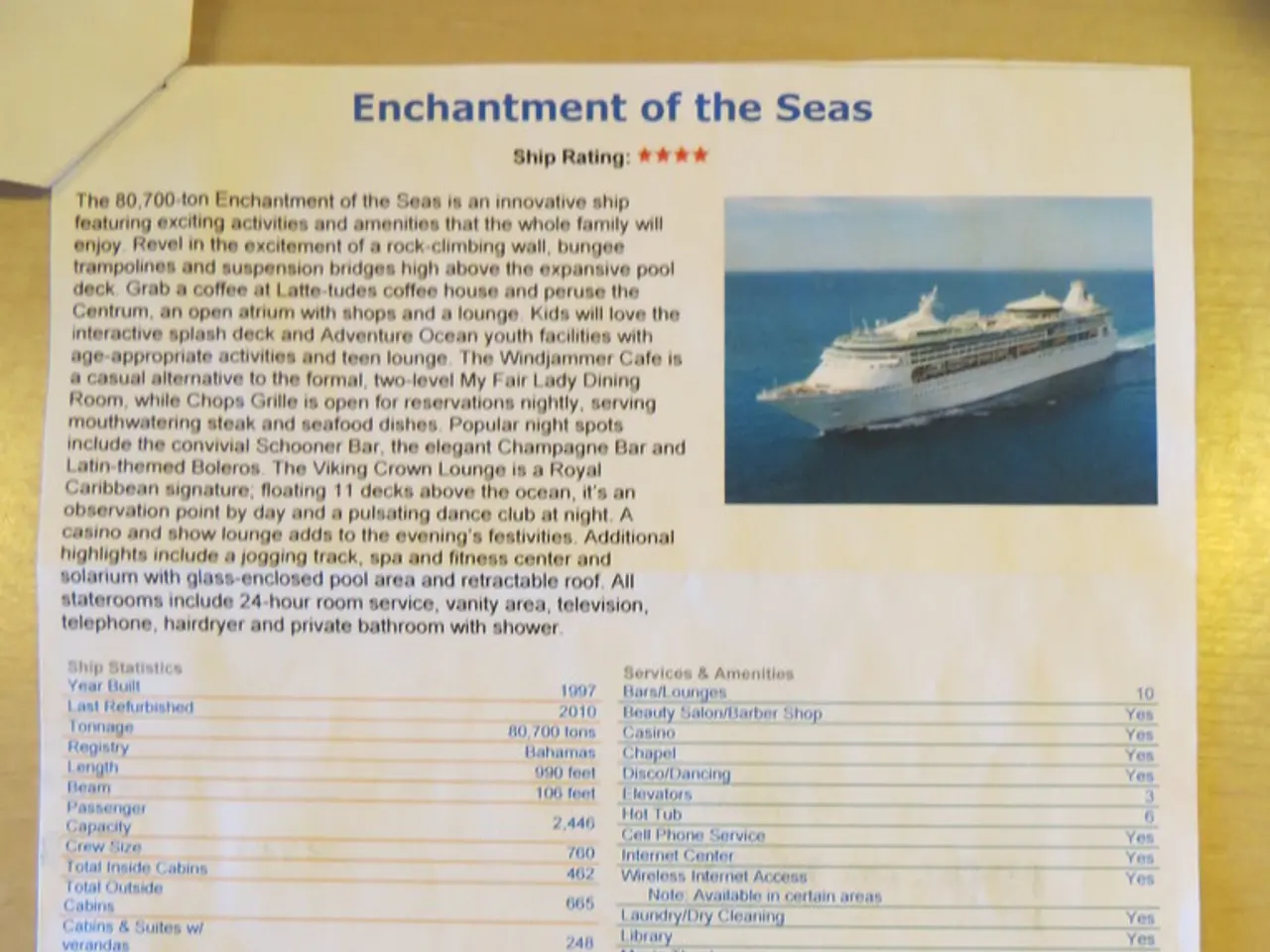Growing militarization of China in the Southwest Pacific and Oceania region
In the vast expanse of the Pacific, the influence of China is growing steadily. Two nations, Papua New Guinea and Fiji, have recently joined China's Belt and Road Initiative, heralding plans for significant infrastructure projects. In Papua New Guinea, the focus lies on roads, hospitals, and energy infrastructure, while Fiji is looking forward to projects centred around roads, bridges, and water infrastructure.
However, not all Pacific islands are welcoming China with open arms. In May, Daniel Waneoroa, a member of parliament of the Solomon Islands, resigned from the Inter-Parliamentary Alliance on China, citing persistent intimidation from the People's Republic of China.
China's involvement in the region extends beyond infrastructure development. The construction of dual-use ports and the signing of resource agreements are just some examples of China's footprint in the Pacific.
The Cook Islands entered into multiple agreements with China in February, aiming to strengthen cooperation on various issues. This move, however, led to the suspension of millions of dollars in aid from New Zealand. The specific parties involved in these agreements are not fully detailed.
Countering China's economic and strategic investments, Australia, the U.S., and their partners are expected to work with other regional leaders like Japan.
China's total development support to the Pacific reached approximately $256 million in 2022, marking a 6 percent rise from the previous year.
Yet, China's presence in the region is not limited to economic endeavours. Its military activities have become a source of concern. Harassment and intimidation of Philippine vessels in the South China Sea and the Japanese coast guard near the Senkaku Islands are examples of such activities.
The growing presence of China's navy and unexpected military activities around Australia are likely to increase freedom of navigation operations, joint drills, and the need for better maritime domain awareness and real-time information sharing.
Huawei plans to construct 161 telecom towers in the Solomon Islands to support its 5G network, raising questions about national security due to potential dual-use military capabilities.
The combination of China's escalating military activity in the Indo-Pacific region and the diplomatic uncertainty from Washington will likely lead to more rhetoric from countries like Australia, New Zealand, and others, calling for enhanced domestic defense and security capabilities.
China's funding of the upgrade of the Luganville Wharf in Vanuatu, another potential dual-use military facility, further fuels these concerns. As the Pacific continues to be a stage for global power play, the need for clear and responsible diplomacy becomes increasingly crucial.
Read also:
- Peptide YY (PYY): Exploring its Role in Appetite Suppression, Intestinal Health, and Cognitive Links
- Easing Pedestrian Traffic Signal Pressure
- Astral Lore and Celestial Arrangements: Defining Terms & In-Depth Insights - Historical Accounts & Glossary of Cosmic Mythology
- ICE directed to enhance detention conditions following NYC immigrants' allegations of maltreatment








